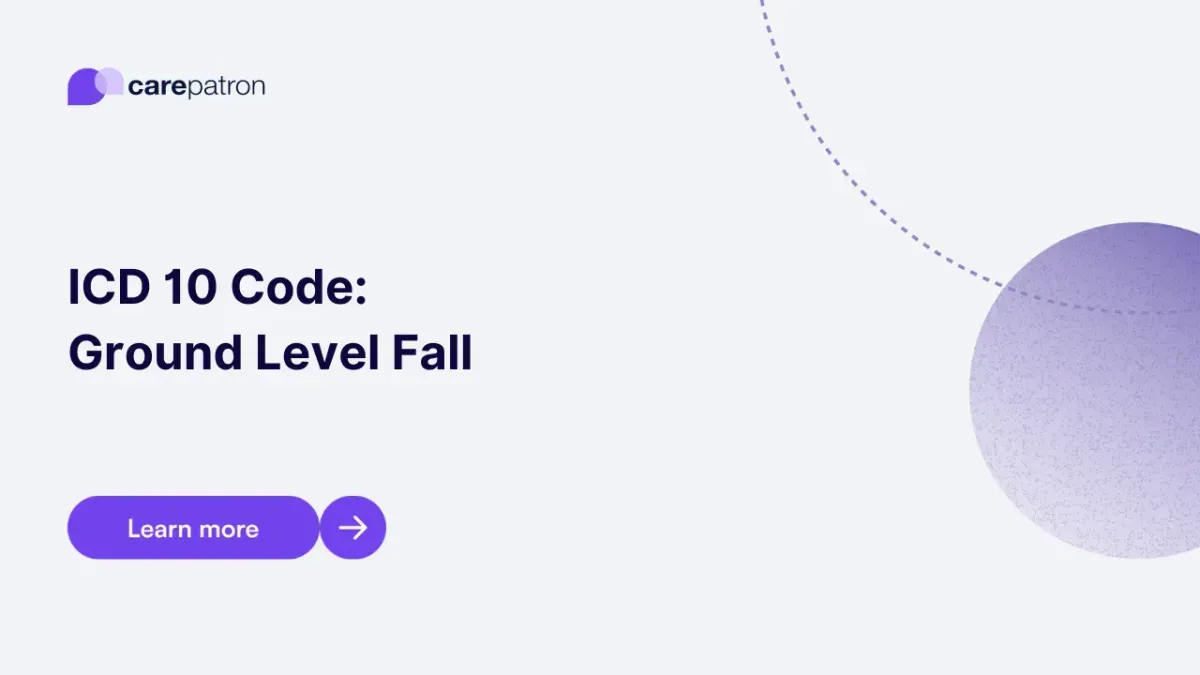
Ground Level Fall ICD-10-CM Codes
Learn about ICD-10-CM codes for ground level falls. Ensure accurate documentation and coding of these common incidents in clinical and emergency care settings.
Use Code
Commonly asked questions
The most common resulting injuries from ground-level falls include fractures, sprains, head trauma, and soft tissue injuries. Older adults are especially vulnerable to hip fractures, wrist injuries, and concussions due to reduced bone density and balance issues.
Ground-level falls can be prevented by removing tripping hazards, using non-slip mats, improving lighting, and installing grab bars in high-risk areas like bathrooms. Wearing supportive footwear and encouraging regular balance and strength exercises also contribute to fall prevention.
While ground-level falls may seem less severe, they can still result in serious injuries—especially in elderly individuals or those with existing health conditions. The risk of complications such as fractures or head injuries can be comparable to higher-level falls in vulnerable populations.
EHR and practice management software
Get started for free
*No credit card required
Free
$0/usd
Unlimited clients
Telehealth
1GB of storage
Client portal text
Automated billing and online payments
